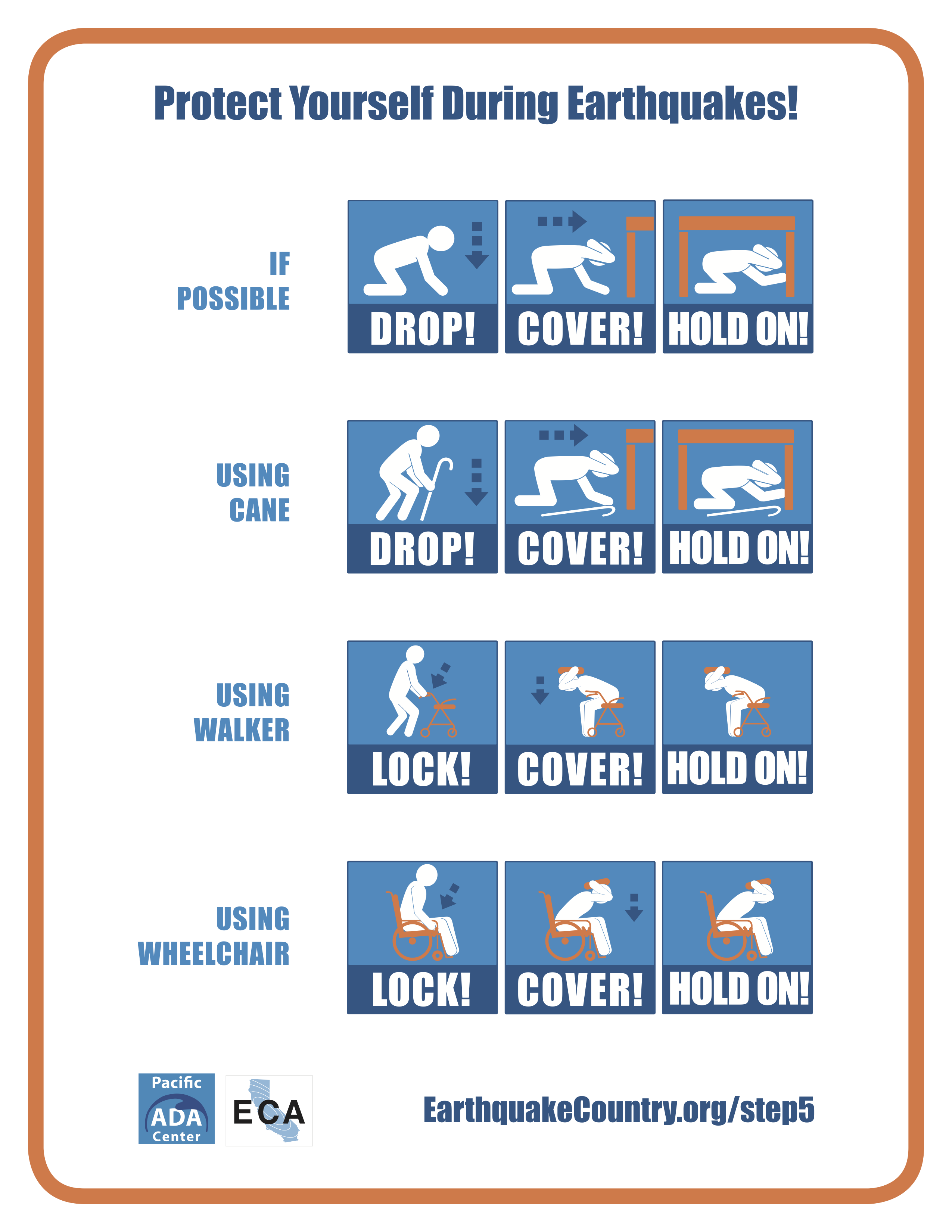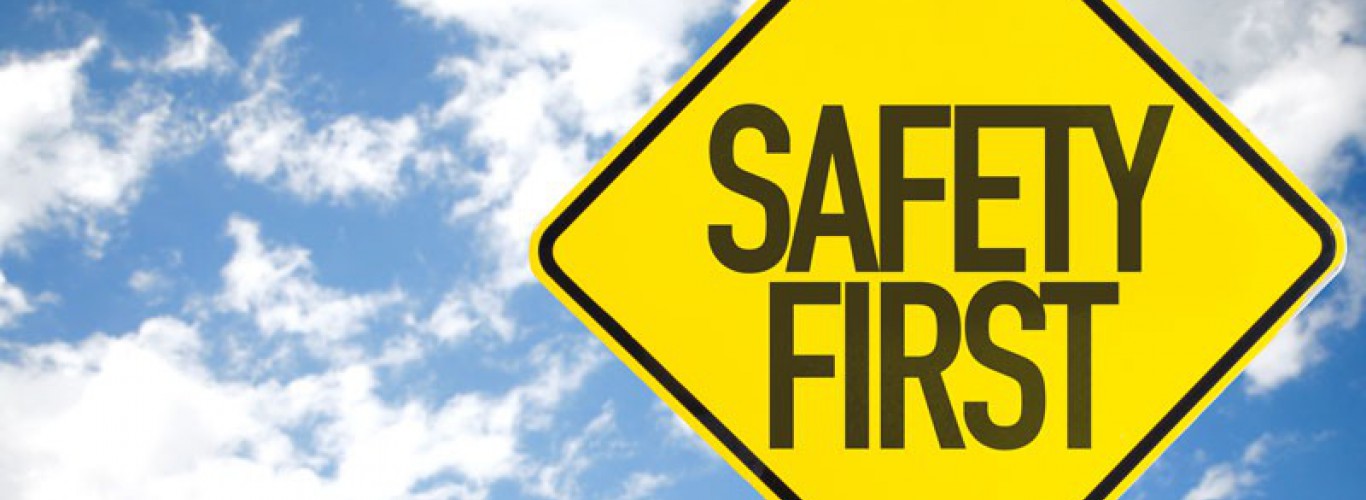What to do's and don'ts at the moment of Earthquake Incident?
Ensure you do the following if you are indoors during an earthquake:
- DROP to the ground; take COVER by getting under a sturdy table or other piece of furniture; and HOLD ON until the shaking stops. If there isn’t a table or desk near you, cover your face and head with your arms and crouch in an inside corner of the building.
- Stay away from glass, windows, outside doors and walls, and anything that could fall, such as lighting fixtures or furniture.
- Stay in bed if you are there when the earthquake strikes. Hold on and protect your head with a pillow, unless you are under a heavy light fixture that could fall. In that case, move to the nearest safe place.
- Do not use a doorway except if you know it is a strongly supported, load-bearing doorway and it is close to you. Many inside doorways are lightly constructed and do not offer protection.
- Stay inside until the shaking stops and it is safe to go outside. Do not exit a building during the shaking. Research has shown that most injuries occur when people inside buildings attempt to move to a different location inside the building or try to leave.
- DO not use the elevators.
- Be aware that the electricity may go out or the sprinkler systems or fire alarms may turn on.
Ensure you do the following if you are outdoors during an earthquake:
- Stay there.
- Move away from buildings, streetlights, and utility wires.
- Once in the open, stay there until the shaking stops. The greatest danger exists directly outside buildings, at exits and alongside exterior walls.
Ensure you do the following if you are in a moving vehicle during an earthquake:
- Stop as quickly as safety permits and stay in the vehicle. Avoid stopping near or under buildings, trees, overpasses, and utility wires.
- Proceed cautiously once the earthquake has stopped. Avoid roads, bridges, or ramps that might have been damaged by the earthquake.
Ensure you do the following if you are trapped under debris during or after an earthquake:
- Do not light a match.
- Do not move around or kick up dust.
- Cover your mouth with a handkerchief or clothing.
- Tap on a pipe or wall so rescuers can locate you. Use a whistle if one is available. Shout only as a last resort. Shouting can cause you to inhale dangerous amounts of dust.

What to do's and don'ts at the moment of Fire Incident?
- Inform people in the immediate area to evacuate.
- If you witness a fire, activate the nearest building fire alarm and exit the building.
- When safe, immediately call 999.
- If the fire is small (wastebasket sized or smaller) and you have been trained to use a fire extinguisher, you may attempt to extinguish the fire. Make sure that you have a safe exit from the fire area and use the buddy system. If you cannot put out the fire in 5 seconds, evacuate.
- To use a fire extinguisher, remember the acronym PASS:
-
- P ull the pin.
- A im the extinguisher at the base of the fire.
- S queeze the handle.
- S weep the extinguisher from side to side. On your way out, warn others nearby
- Move away from fire and smoke. Close doors and windows behind you, if time permits.
- Before opening a door, place the back of your hand on the door to check for heat. If cool, slowly check the door handle for heat and proceed to exit.
- If the door is hot, do not open it. Find or create an alternative exit (windows). If no other exit is available and you only see smoke, open the door slowly, move to a crawling position, staying low, and quickly crawl to an exit.
- If the door is hot and fire is present, keep the door shut. Place a wet cloth at the base to keep smoke from entering your room.
- Exit using stairs. Do not use elevators during a fire.
- Evacuate the building as soon as the alarm sounds and proceed to the designated emergency assembly area. Check-in and report that you made it out safe (i.e. Building Emergency Coordinator, Floor Marshals, your supervisor or a housing staff).
- Move well away from the building and go to your designated meeting point.
- Do not re-enter the building or work area until you have been instructed to do so by the emergency responders.





